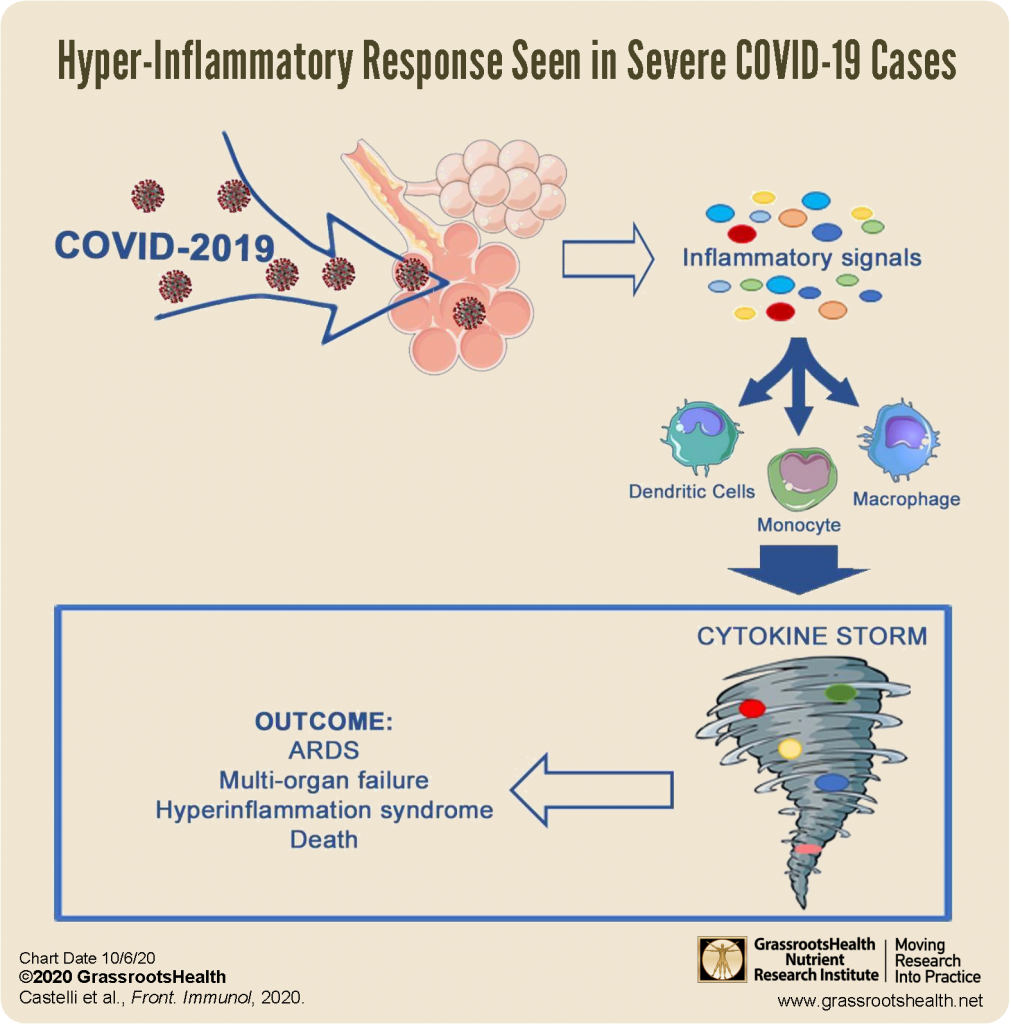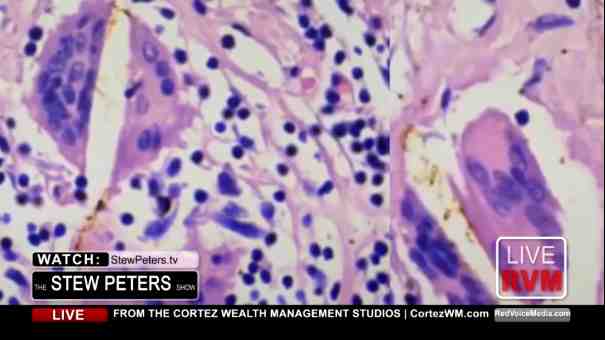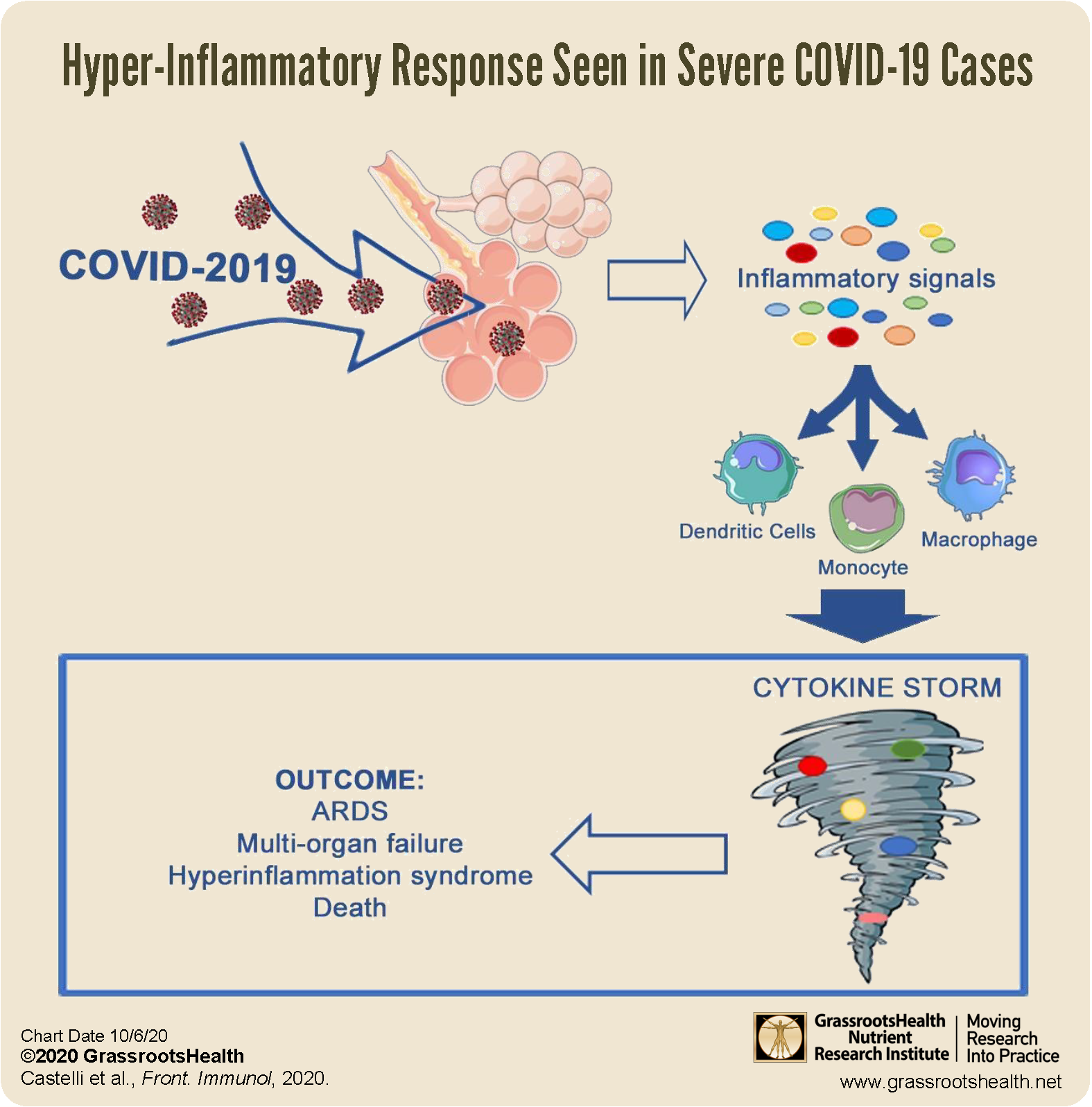Also see:
- Clinical Trials
- Dis-information
- Emergency Use Authorization
- Hospital Protocol
- Informed Consent
- Isolated Virus
- Mass Vaccinations
- Medical Tyranny
- Natural Immunity
- PCR Testing
- ⇐ back to Problems
- Propaganda
- Statistics
- Vaccine Hesitancy
- Vaccine Injury
- Vaccine Deaths
- Vaccine Monitoring Systems
- Vaccine Performance
- Vaccine Safety

https://en.wikipedia.org/wiki/Cytokine_storm
A cytokine storm, also called hypercytokinemia, is a physiological reaction in humans and other animals in which the innate immune system causes an uncontrolled and excessive release of pro-inflammatory signaling molecules called cytokines. Normally, cytokines are part of the body’s immune response to infection, but their sudden release in large quantities can cause multisystem organ failure and death.[1] Cytokine storms can be caused by a number of infectious and non-infectious etiologies, especially viral respiratory infections such as H1N1 influenza, H5N1 influenza, SARS-CoV-1,[2][3] and SARS-CoV-2 (COVID-19 agent), Influenza B, Parainfluenza virus. Other causative agents include the Epstein-Barr virus, cytomegalovirus, group A streptococcus, and non-infectious conditions such as graft-versus-host disease.[4] The viruses can invade lung epithelial cells and alveolar macrophages to produce viral nucleic acid, which stimulates the infected cells to release cytokines and chemokines, activating macrophages, dendritic cells, and others.[5]
Cytokine Storm articles
| 55651 |  November 5, 2022
November 5, 2022
|
Why Spike Protein Causes Abnormal, Foot-Long Blood Clots, 200 Symptoms |
| 34500 |  September 28, 2021
September 28, 2021
|
Vaccine Victim Autopsy Shows Significant Damage Under a Microscope |
| 32405 | September 20, 2021 | Self-Attacking Antibodies Found In Hospitalized COVID-19 Patients |
| 28034 |  August 23, 2021
August 23, 2021
|
Dr. Sean Brooks tells the Ohio school board how vaccines kill |
| 1777 |  July 12, 2021
July 12, 2021
|
Moderna Rep Admits Everyone Is Part of Huge Experiment |
| 673 | July 2, 2021 | Dr Tenpenny: ‘doctors agree the covid vaccine is a bioweapon’ |
| 28357 | June 21, 2021 | 15,472 Dead 1.5 Million Injured (50% Serious) Reported in European Union’s Database of Adverse Drug Reactions for COVID-19 Shots |

